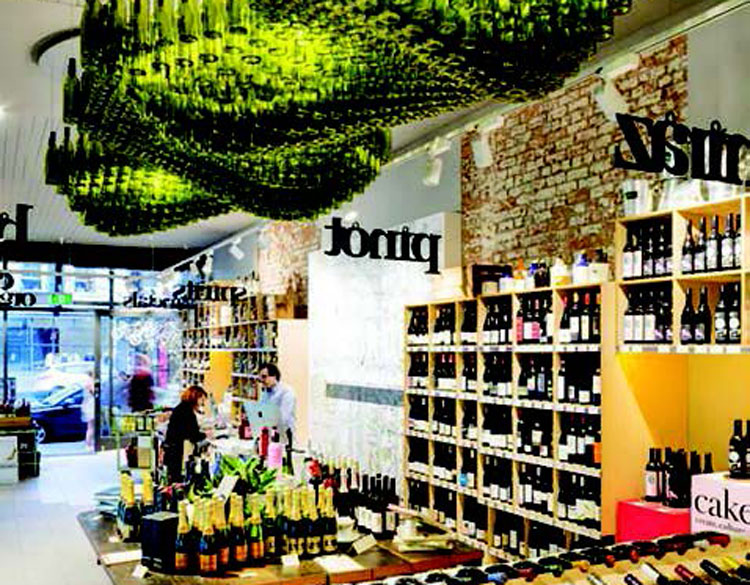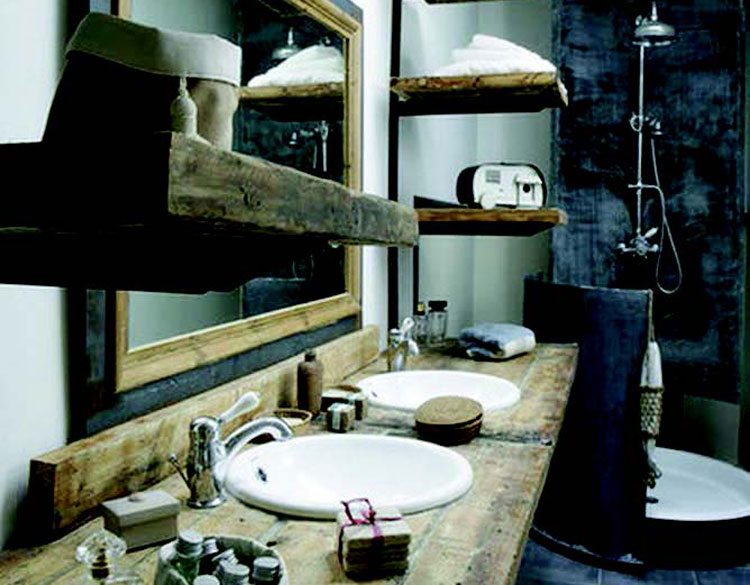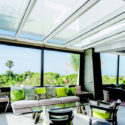THE PHILOSOPHY OF SUSTAINABLE DESIGN
The coming of autumn always brings to mind warmth from fireplaces and staying inside from the cold (or wet – or both) and yet it is also a time of renewing the world. Our flowers are more or less done in giving us their beauty, the growth of plants slows, and animals try to get as much harvested for the inclement months so they can survive. We humans do something akin to this as well. Out of our wardrobes come the “winter woollies” and we prepare ourselves for Halloween and various rituals and festivities culminating in Christmas and the New Year.
Colours change as well. They become muted and softer as if we are going into some kind of hibernation with vividness. Warm coppers, browns, greys and black seem to come into their own, but why should they. Surely in these bleak months we should look for bright splashes of colour to cheer us up. However, that’s not really what I am writing about this issue. I wanted to explain what this column is all about. So here we go…

Sustainable design is “the philosophy of designing physical objects, the built environment, and services to comply with the principles of social, economic, and ecological sustainability” (Wikipedia). The intention of sustainable design is to make sure there are no negative impacts on the environment, by using skilfully thought out, sensitive design. This means using renewable resources, impacting minimally on the environment, and connecting people with the natural environment which surrounds us. Eco-friendly literally means earth-friendly or not harmful to the environment. This usually means products which contribute to green living or practices that help conserve resources such as water and energy. Eco-friendly products also lessen contributions to air, water and land pollution.
A renewable resource is any natural resource, such as wood or solar energy, that can be replenished naturally with the passage of time. It can be used, but it can be replaced over time. This is particularly so for materials like timbers. For example, timbers such as pine and Australian hardwoods are replanted in monitored forests, whereas timber from rainforests is not replanted and lost forever. More and more companies are turning their design eye to using what wonders we have on this planet and coming up with some spectacular ideas. From the great idea of a wine shop using bottles as its lighting system to the people who use old planks for their bathroom… both these ideas have taken eco-friendly to a very high level and, in doing so, have created something quite unique.




